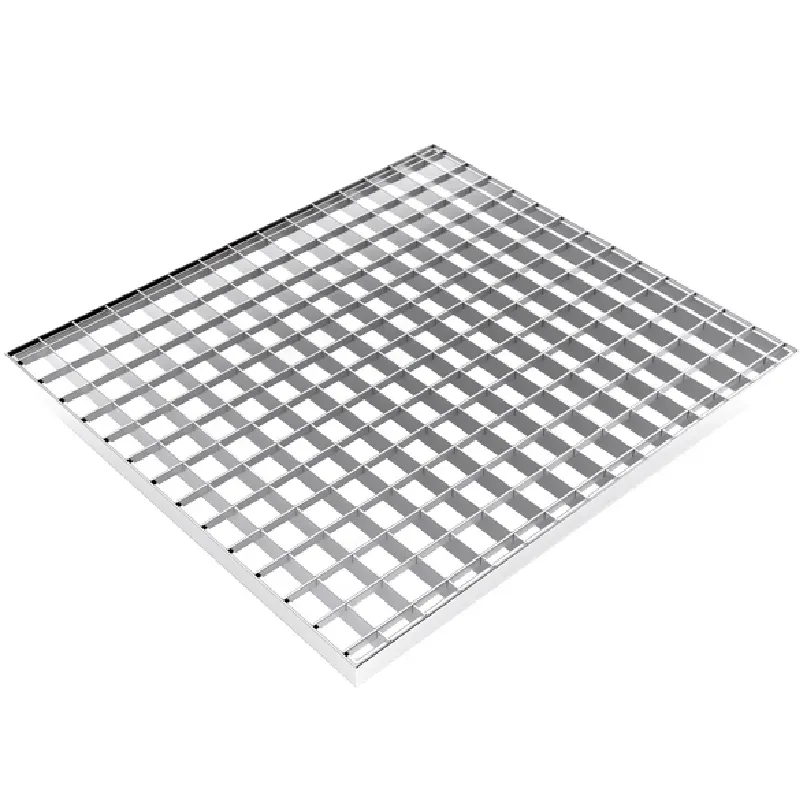- Industrial zone, South of Anping Town, Hengshui, Hebei, China.
- sales@hfpetromesh.com
- +86-18931809706
 Afrikaans
Afrikaans  Albanian
Albanian  Amharic
Amharic  Arabic
Arabic  Armenian
Armenian  Azerbaijani
Azerbaijani  Basque
Basque  Belarusian
Belarusian  Bengali
Bengali  Bosnian
Bosnian  Bulgarian
Bulgarian  Catalan
Catalan  Cebuano
Cebuano  Corsican
Corsican  Croatian
Croatian  Czech
Czech  Danish
Danish  Dutch
Dutch  English
English  Esperanto
Esperanto  Estonian
Estonian  Finnish
Finnish  French
French  Frisian
Frisian  Galician
Galician  Georgian
Georgian  German
German  Greek
Greek  Gujarati
Gujarati  Haitian Creole
Haitian Creole  hausa
hausa  hawaiian
hawaiian  Hebrew
Hebrew  Hindi
Hindi  Miao
Miao  Hungarian
Hungarian  Icelandic
Icelandic  igbo
igbo  Indonesian
Indonesian  irish
irish  Italian
Italian  Japanese
Japanese  Javanese
Javanese  Kannada
Kannada  kazakh
kazakh  Khmer
Khmer  Rwandese
Rwandese  Korean
Korean  Kurdish
Kurdish  Kyrgyz
Kyrgyz  Lao
Lao  Latin
Latin  Latvian
Latvian  Lithuanian
Lithuanian  Luxembourgish
Luxembourgish  Macedonian
Macedonian  Malgashi
Malgashi  Malay
Malay  Malayalam
Malayalam  Maltese
Maltese  Maori
Maori  Marathi
Marathi  Mongolian
Mongolian  Myanmar
Myanmar  Nepali
Nepali  Norwegian
Norwegian  Norwegian
Norwegian  Occitan
Occitan  Pashto
Pashto  Persian
Persian  Polish
Polish  Portuguese
Portuguese  Punjabi
Punjabi  Romanian
Romanian  Russian
Russian  Samoan
Samoan  Scottish Gaelic
Scottish Gaelic  Serbian
Serbian  Sesotho
Sesotho  Shona
Shona  Sindhi
Sindhi  Sinhala
Sinhala  Slovak
Slovak  Slovenian
Slovenian  Somali
Somali  Spanish
Spanish  Sundanese
Sundanese  Swahili
Swahili  Swedish
Swedish  Tagalog
Tagalog  Tajik
Tajik  Tamil
Tamil  Tatar
Tatar  Telugu
Telugu  Thai
Thai  Turkish
Turkish  Turkmen
Turkmen  Ukrainian
Ukrainian  Urdu
Urdu  Uighur
Uighur  Uzbek
Uzbek  Vietnamese
Vietnamese  Welsh
Welsh  Bantu
Bantu  Yiddish
Yiddish  Yoruba
Yoruba  Zulu
Zulu
- Afrikaans
- Albanian
- Amharic
- Arabic
- Armenian
- Azerbaijani
- Basque
- Belarusian
- Bengali
- Bosnian
- Bulgarian
- Catalan
- Cebuano
- Corsican
- Croatian
- Czech
- Danish
- Dutch
- English
- Esperanto
- Estonian
- Finnish
- French
- Frisian
- Galician
- Georgian
- German
- Greek
- Gujarati
- Haitian Creole
- hausa
- hawaiian
- Hebrew
- Hindi
- Miao
- Hungarian
- Icelandic
- igbo
- Indonesian
- irish
- Italian
- Japanese
- Javanese
- Kannada
- kazakh
- Khmer
- Rwandese
- Korean
- Kurdish
- Kyrgyz
- Lao
- Latin
- Latvian
- Lithuanian
- Luxembourgish
- Macedonian
- Malgashi
- Malay
- Malayalam
- Maltese
- Maori
- Marathi
- Mongolian
- Myanmar
- Nepali
- Norwegian
- Norwegian
- Occitan
- Pashto
- Persian
- Polish
- Portuguese
- Punjabi
- Romanian
- Russian
- Samoan
- Scottish Gaelic
- Serbian
- Sesotho
- Shona
- Sindhi
- Sinhala
- Slovak
- Slovenian
- Somali
- Spanish
- Sundanese
- Swahili
- Swedish
- Tagalog
- Tajik
- Tamil
- Tatar
- Telugu
- Thai
- Turkish
- Turkmen
- Ukrainian
- Urdu
- Uighur
- Uzbek
- Vietnamese
- Welsh
- Bantu
- Yiddish
- Yoruba
- Zulu
Weight Calculation for Bar Grating Based on Square Foot Measurements
Understanding Bar Grating Weight Per Square Foot
Bar grating is a versatile material commonly used in a variety of applications, from industrial flooring to architectural designs. One of the essential factors in choosing the right type of bar grating for a project is understanding its weight per square foot. This measurement not only affects the structural integrity of a project but also influences installation costs, load-bearing capacities, and overall design considerations.
What is Bar Grating?
Bar grating is made from a series of parallel bars that are either welded or pressed together to create a grid-like structure. It generally comes in various materials, including steel, aluminum, and fiberglass, each with distinct properties that suit different environments and uses. Steel bar grating is particularly known for its strength and durability, making it a popular choice for industrial applications, whereas aluminum grating is lighter and often used in architectural projects.
Weight Considerations
The weight of bar grating varies significantly depending on its material, type, and dimensions. For instance, a standard steel bar grating with a thickness of 1 inch can weigh upwards of 10 pounds per square foot, whereas aluminum variants may weigh significantly less, around 2 to 5 pounds per square foot. Understanding the weight is crucial, as it affects how the grating can be supported, how many materials are needed for installation, and the overall cost of the project.
bar grating weight per square foot

Load-Bearing Capacity
Each type of bar grating is designed to bear a specific load. The weight per square foot directly influences this capacity. Heavy-duty steel bar grating may be required in areas subject to high loads or heavy foot traffic, such as manufacturing facilities or loading docks. Conversely, lightweight aluminum grating may be more suitable for walkways or platforms where less load is anticipated. When selecting bar grating, it is vital to consult load tables provided by manufacturers to ensure safety and compliance with local building codes.
Installation Factors
Installation costs and complexity are also affected by the weight of the bar grating. Heavier materials typically require more robust support structures, which can increase installation time and labor costs. Additionally, transport and handling become more challenging with heavier materials, necessitating specialized equipment and precautions during the installation process.
Conclusion
In conclusion, understanding the weight per square foot of bar grating is paramount for anyone involved in construction or design. This knowledge informs not only the choice of material but also impacts load-bearing capacity, installation logistics, and overall project costs. Whether opting for steel, aluminum, or fiberglass grating, ensuring that the selected material meets the project's specific needs ensures safety, performance, and aesthetic appeal. As you embark on your next project, prioritize this critical aspect to achieve optimal results.
-
Welded Steel Bar Grating: The Rugged Industrial Flooring Solution Built for Load and LongevityNewsJun.24,2025
-
Steel Walkway Grating: Reliable, Resilient, and Built for Every StepNewsJun.24,2025
-
Shale Shaker Screen for Sale: Optimize Drilling Efficiency with Precision Screening PowerNewsJun.24,2025
-
Shaker Screen for Sale: Elevate Your Drilling Efficiency with Durable Separation SolutionsNewsJun.24,2025
-
Press Locked Steel Grating: Industrial Strength with Precision Fit for Heavy-Duty ApplicationsNewsJun.24,2025
-
Perimeter Safety Netting: The Critical Safety Upgrade for Every HelipadNewsJun.24,2025